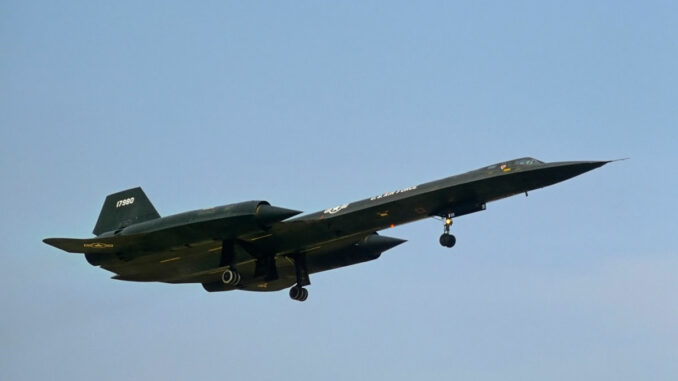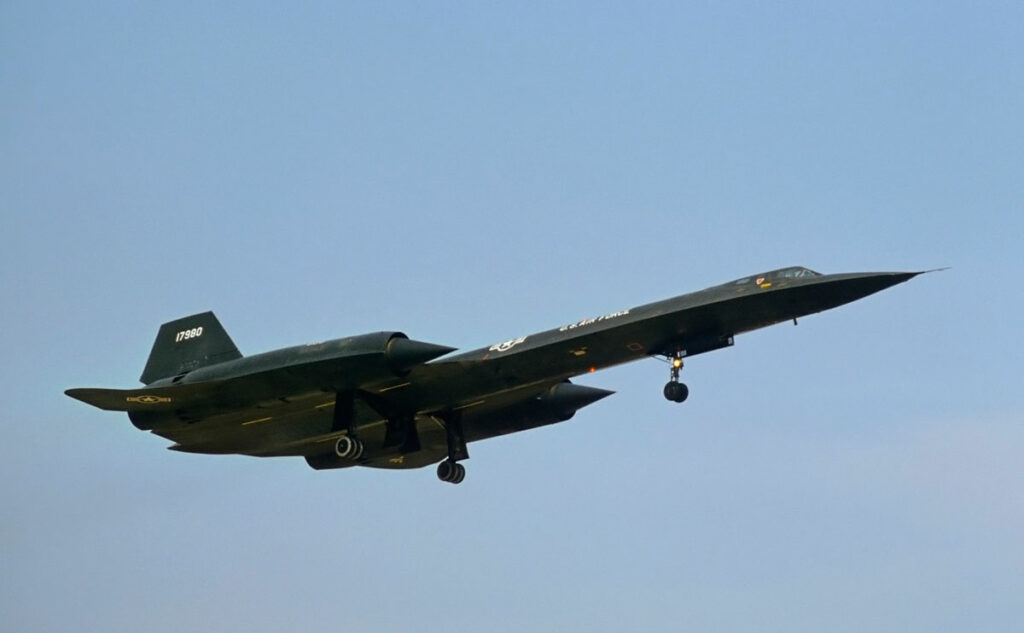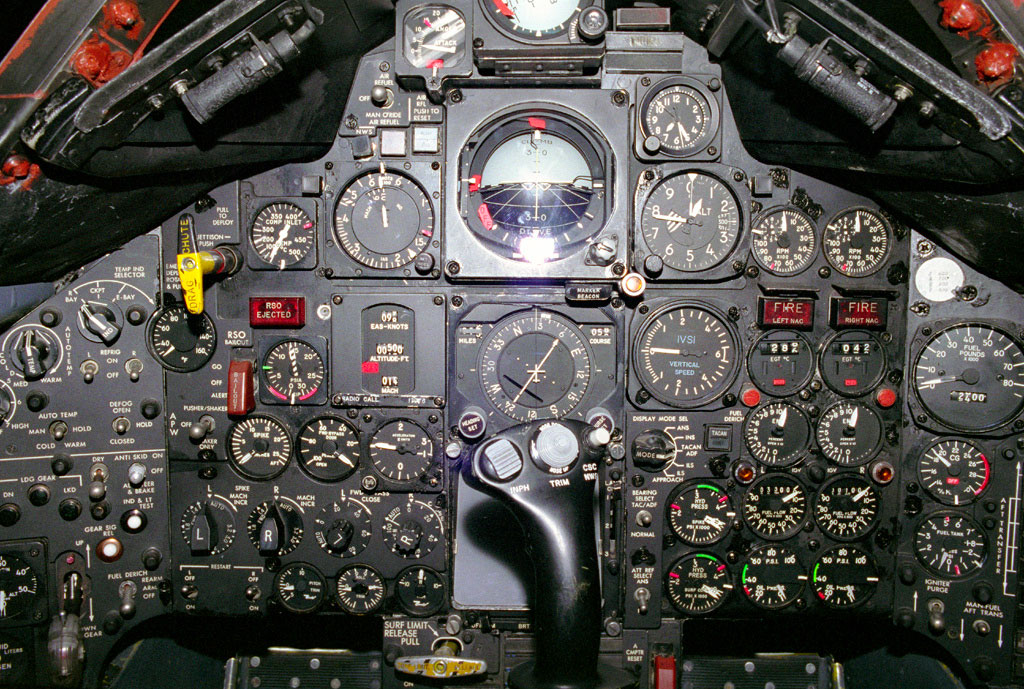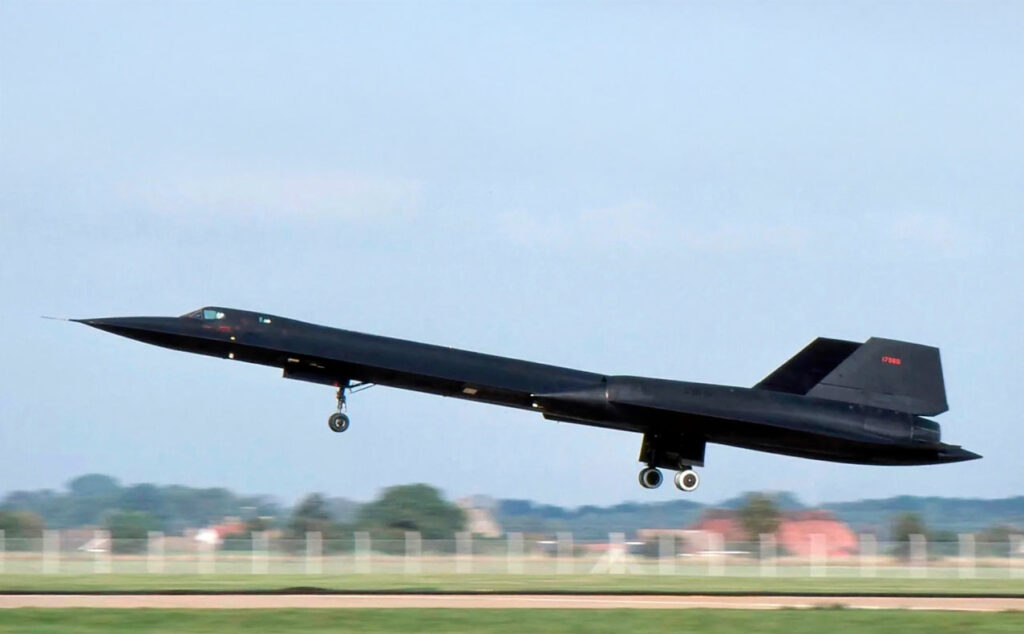
The astro-inertial navigation system of the SR-71 Blackbird combined an inertial unit and stellar tracking for optimal precision at Mach 3.
The Lockheed SR-71 Blackbird is a strategic reconnaissance aircraft designed for high-altitude missions at supersonic speeds. Operating at altitudes above 24,000 meters and at speeds exceeding Mach 3, it was used mainly during the Cold War to collect critical intelligence. To accomplish these missions, positioning accuracy was essential. Traditional navigation systems had limitations in terms of drift and accuracy, especially over long distances at high speeds. To meet these challenges, the SR-71 was equipped with the astro-inertial navigation system (ANS), an innovative technology combining an inertial unit and automated stellar tracking. This integration made it possible to correct navigation errors in real time, thus ensuring the optimal precision essential for strategic reconnaissance missions.

Historical context and operational needs
In the 1960s, the Lockheed SR-71 Blackbird was designed for reconnaissance missions at extreme speeds and altitudes. These conditions posed significant navigation challenges.
Traditional inertial navigation systems accumulated positioning errors over time, a problematic drift for extended high-speed flights. For example, a drift of only 0.1 degrees could result in a deviation of several kilometers over a mission lasting several hours.
To meet these requirements, a solution capable of providing real-time corrections was needed. The astro-inertial navigation system (ANS) was developed to integrate inertial sensor data with automated stellar observations, thus ensuring the optimal accuracy required for SR-71 missions.
Technical description of the ANS system
The astro-inertial navigation system (ANS) of the SR-71 Blackbird integrated several key components to ensure precise navigation at speeds exceeding Mach 3.
Main components
- Inertial measurement unit: Used gyroscopes and accelerometers to measure the aircraft’s movements. These sensors detected linear and angular accelerations, providing data on the position, speed and attitude of the aircraft.
- Star tracking system: Equipped with an optical sensor capable of detecting stars, even in broad daylight. This sensor observed the stars through a quartz window on top of the fuselage, allowing for precise real-time corrections.
- Navigation computer: Integrated the data from the inertial unit and the stellar tracking system to calculate the exact position of the aircraft. It compared the information from the sensors with a database of stellar ephemeris to adjust the trajectory.
Operation
- Initial alignment: Before takeoff, the system was calibrated by aligning the inertial unit with a known reference position. This step ensured optimal precision from the start of the flight.
- Star tracking in flight: During the flight, the star tracking system continuously observed the visible stars. By comparing these observations with its internal database, the ANS corrected the errors accumulated by the inertial unit.
- Real-time updates: Position and heading information was updated in real time, allowing for automatic adjustments to the trajectory. For example, if a drift was detected, the system adjusted the heading to maintain the planned route.
This combination of technologies enabled the SR-71 to maintain exceptional navigation accuracy, essential for its high-speed, high-altitude reconnaissance missions.

System accuracy and performance
The astro-inertial navigation system (ANS) of the SR-71 Blackbird offered remarkable accuracy, with a margin of error of less than 90 meters. This performance surpassed that of the navigation systems of the time, such as VOR-DME, which depended on radio signals and were less accurate at high altitude and high speed.
The ANS combined an inertial unit with automated stellar tracking, enabling real-time corrections. This increased precision improved the efficiency of reconnaissance missions by guaranteeing exact trajectories, thus reducing the risk of intrusion into unauthorized airspace. In addition, precise navigation was essential for optimizing fuel consumption and ensuring flight safety at supersonic speeds.
By comparison, traditional navigation systems accumulated errors over time, requiring frequent recalibration. The SR-71’s ANS, by integrating stellar observations, offered an autonomous and reliable solution, adapted to the requirements of high-speed, high-altitude missions.
Thus, the ANS was a major asset for the SR-71, guaranteeing accurate and safe reconnaissance missions, while surpassing the limitations of contemporary navigation technologies.
Development challenges and solutions
The development of the astro-inertial navigation system (ANS) for the SR-71 Blackbird presented several major technical challenges.
Design of an optical sensor that works in broad daylight at high altitude
One of the main challenges was to design an optical sensor capable of detecting stars in broad daylight at altitudes of over 24,000 meters. To achieve this, the sensor had to filter out diffuse sunlight and focus on the target stars. One solution was to use a special quartz window, located behind the station of the reconnaissance systems officer, enabling the sensor to track the stars even in daylight.
Integration of the ANS into the structure of the SR-71 without compromising its aerodynamic performance
The ANS, weighing approximately 143 kg and measuring 123.2 cm in length, 78.7 cm in width and 118.1 cm in height, had to be integrated without affecting the aerodynamic performance of the SR-71. The system was installed in such a way as to maintain the center of gravity of the aircraft and minimize drag. This careful integration preserved the high-speed flight capabilities of the aircraft.
Managing heat and environmental stresses at high speeds
At speeds exceeding Mach 3, the SR-71 was subjected to high temperatures due to air friction. The ANS electronic components had to be protected from this intense heat. Heat-resistant materials and appropriate cooling systems were used to ensure the proper functioning of the system under these extreme conditions.
These technical solutions provided the SR-71 with a precise and reliable navigation system, essential for its high-altitude, high-speed reconnaissance missions.

Evolution and legacy of the ANS system
The astro-inertial navigation system (ANS) of the SR-71 Blackbird has undergone significant improvements to enhance its reliability and accuracy. Initially, the system combined an inertial unit with automated stellar tracking, enabling precise navigation at speeds exceeding Mach 3. Over time, software and hardware updates were made to improve the calculation algorithms and the sensitivity of the optical sensors, thus reducing margins of error and increasing operational reliability.
ANS influenced the development of subsequent navigation systems. Its approach of combining inertial measurements with celestial references has inspired modern technologies, notably hybrid navigation systems that integrate GPS data with inertial sensors to improve accuracy and resilience in case of GPS failure.
Similar or derivative ANS systems have been used in other aeronautical and space applications. For example, some military aircraft and spacecraft have adopted astro-inertial navigation systems to ensure optimal accuracy during critical missions, especially in environments where GPS signals may be unavailable or jammed.
Thus, the SR-71’s ANS was not only essential for the reconnaissance missions of the time, but it also left a lasting legacy by influencing modern navigation technologies and contributing to significant advances in the field of aeronautics and astronautics.
War Wings Daily is an independant magazine.